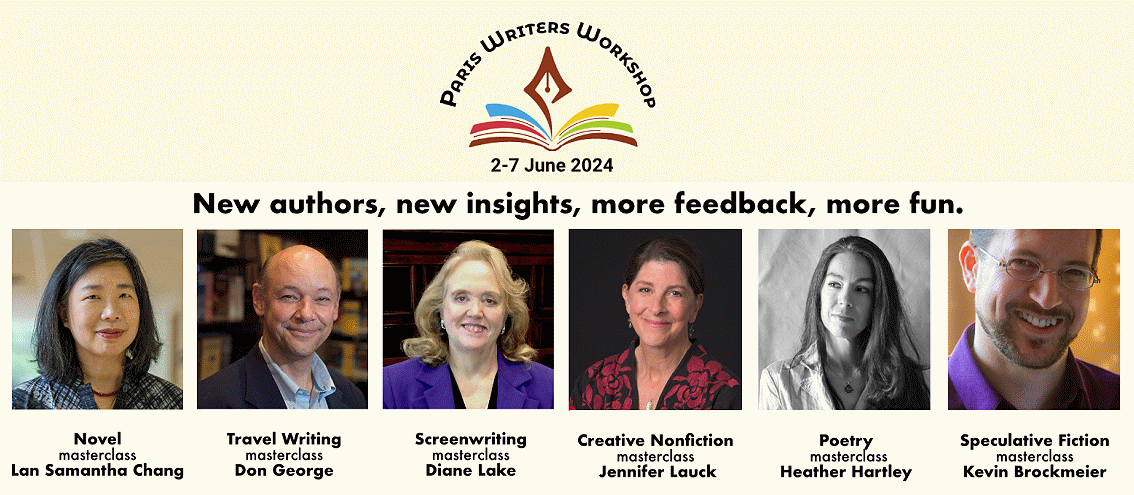
From Idea to Script to Sale





Before I get to today’s blog…
Thinking about doing more with your writing? Why not join me in Paris June 2-7 for my Masterclass in Screenwriting? Come be part of a dynamic community of writers and literary agents to learn, to write, to network, to energize your literary goals—and just to have fun in the City of Light!
The Paris Writers Workshop is the longest running literary program of its kind. This program offers 6 masterclasses by renowned authors, each a specialist in their field—and I’ll be teaching the Screenwriting Masterclass—in English, of course.
The workshop will be held at Columbia University’s beautiful Reid Hall campus in the heart of literary Paris—Montparnasse.
Registration is now open: https://wice-paris.org/paris-writers- workshop
We’ll have a great time getting your story ideas off the ground!!

Women in Film: 2018 Best Actress Characters - 1
The Academy Awards are coming up four weeks from today so I thought it might be interesting to look at the five roles nominated for the Best Actress Oscar. After all, if we’re thinking about writing more/better female roles, it’s interesting to look at ones that have worked this year. Why not get a feel for what’s being made, what’s attracting actresses to roles, etc.
The Shape of Water, written by Guillermo del Toro and Vanessa Taylor, is the story of Elisa Esposito’s relationship with a creature that’s being held by the government in a top-secret facility.
So who is Elisa? She’s one of a number of female janitors in a scientific research facility run by the government in the 1960s. She and her cleaning partner are brought into the top-secret room to clean up some blood when this creature bites off a couple of fingers from the hand of a security guy. All the men in the room are kind of horrified at what’s happened and Elisa and her partner are told they have a half hour to clean up the bloody mess. In the process of doing so, they encounter this amphibious-like creature that the government’s been holding.
From the beginning, Elisa is sympathetic to the creature as she’s seen it being tortured. And when she’s alone with it, she’s able to establish a bond.
Why is she so sensitive to this creature’s plight? One would like to think that any sentient human being would be, but for the most part, the scientists and the government see the creature as something to be studied—like a giant frog to be dissected. But Elisa sees something more. I think she recognizes the isolation the creature feels because she, too, is isolated.
Elisa can’t speak, which cuts her off from a large chunk of the world. But she understands everything that’s said to her, she’s instrumental in adding to the life of the older neighbor she shares meals and TV- watching with, she dances and dreams… and she sees things. She sees things that other people miss. Which is why she’s able to see the intelligence inside the creature that no one else glimpses.
Deep down, Elisa wants to be the star of her own life—she wants to be that main character in a musical who shows her love of life and her desire for love by dancing her way through life. And when she’s with the creature, she feels that—she feels that all her dreams are possible.
So who’s going to save the creature from being the next dissection victim? Elisa, of course.
She’s a great character. Not only in the course of the story does she realize her personal dreams, she saves her beloved from certain death—and courageously stands with him against the bad guys.
Copyright © Diane Lake
04Feb18